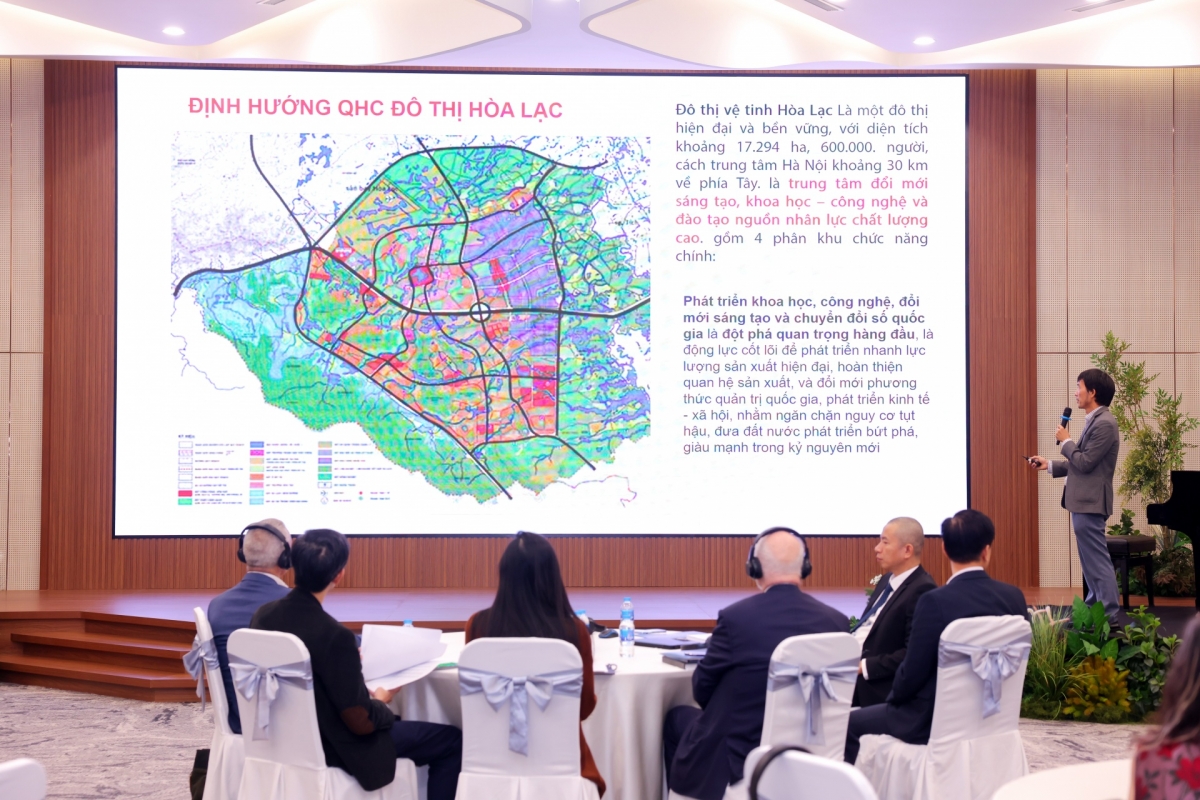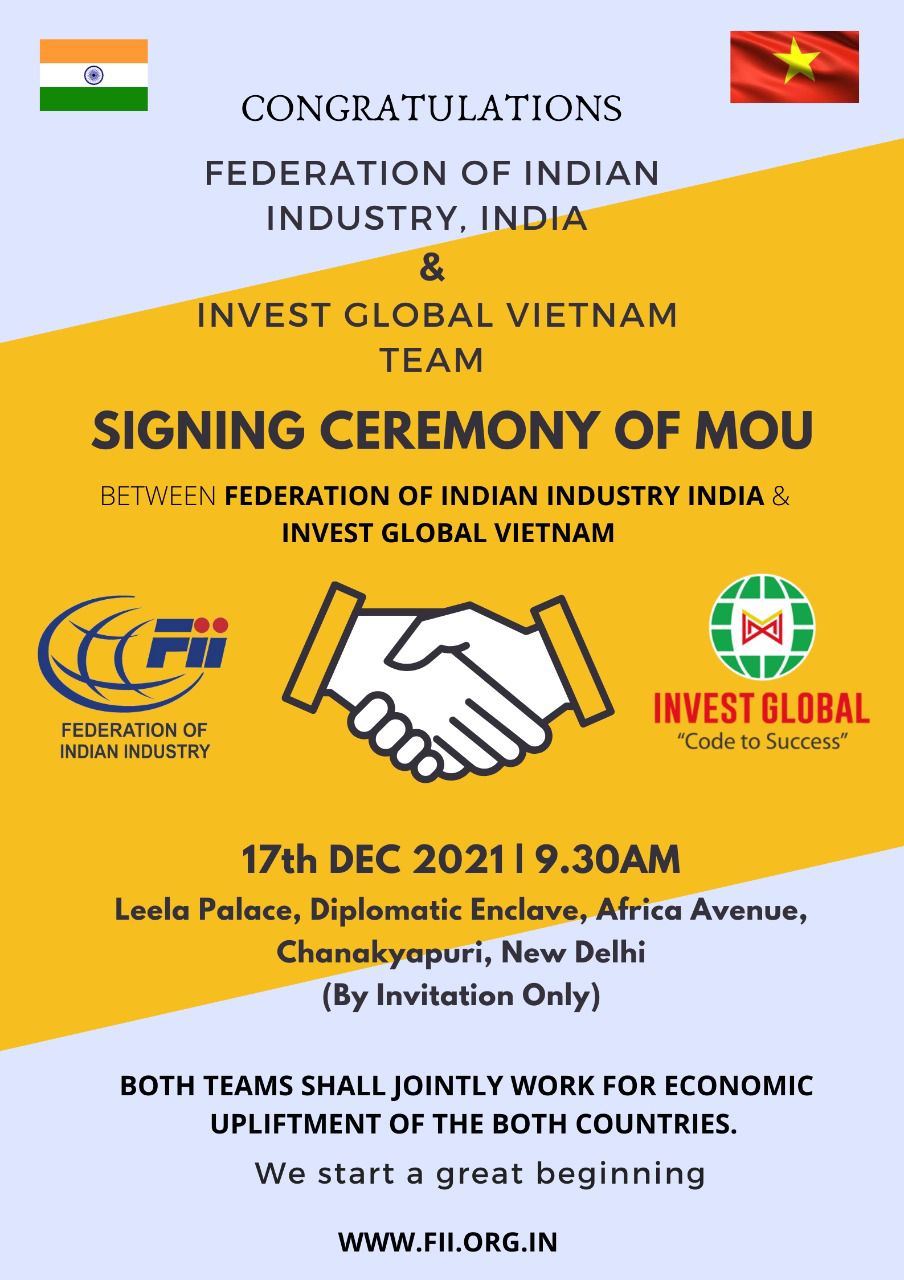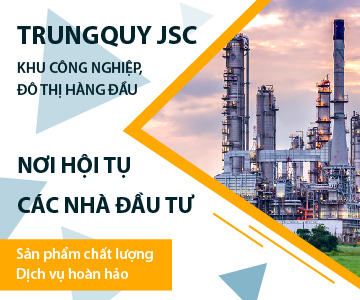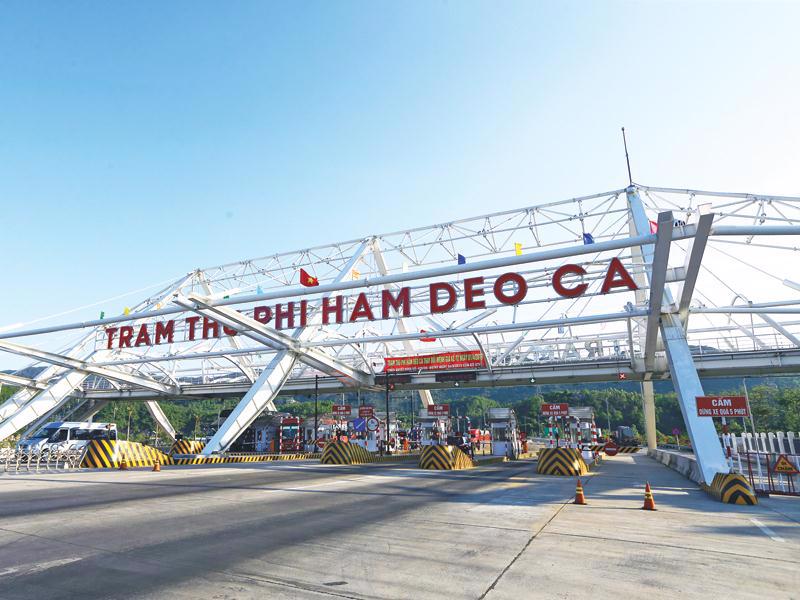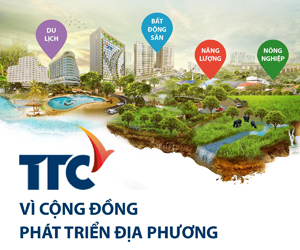INTERNATIONAL INVESTMENT
AND PORTAL
Could you share the current status of Japanese mergers and acquisitions (M&As) in Vietnam?
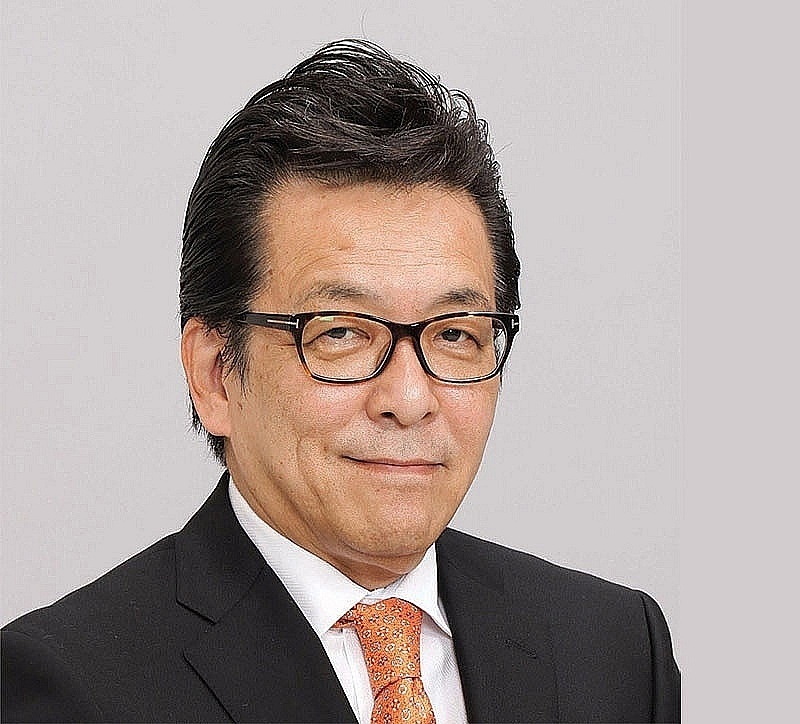 Masataka “Sam” Yoshida, head of the Cross-border Division at RECOF Corporation
Masataka “Sam” Yoshida, head of the Cross-border Division at RECOF Corporation
Though it is less impressive than the recent performance of Vietnam, the Japanese stock market has been steadily rising with the Nikkei 225 Index hitting all-time high.
Investor sentiment is generally positive with the inauguration of Japan’s first female prime minister, who is expected to take active measures to revitalise the economy. Japanese investors are also active in the Vietnamese M&A market, defying continued tensions due to global geopolitical situations and trade warfare.
In the third quarter of 2025, we saw five transactions announced between Vietnam and Japan, with the total number since the start of the year amounting to 16. The same January-September numbers were 14 in 2024 and 12 in 2023, showing stable and steady growth. The five transactions in this quarter were in the diverse sectors including IT technology, medical products, beverages, and construction materials.
Deal value was announced for only two of the five transactions, with the total of approximately $5 million, as they were minority investment and startup investment.
Japanese investors are interested in a broad range of sectors, such as renewable energy, AI and other IT technologies, healthcare, food distribution, retail, human resources, education, logistics, and packaging.
There is a possibility that M&A activities have been negatively affected by the reorganisation process of the government this year. with slower licensing process, while new government initiatives are expected to lead to new opportunities related to land development and infrastructure.
How do you see the pipeline of initial public offerings (IPOs) driving dealmaking activity?
From our perspective, the current pipeline of IPOs – for instance Techcom Securities in early third quarter of 2025 and the listing of VPBank Securities – marks a meaningful shift compared with the more subdued years following the last peak in 2018.
Historically, Vietnam’s IPO market saw strong surges around 2007 and 2018, but then activity slowed significantly. What makes the difference this time is that these listings are part of a broader institutional-and-governance upgrade, rather than purely speculative or one-off events.
For Japanese investors who prefer long-term partnerships, this means the listing pipeline doesn’t just represent exit opportunities – it signals upstream deal-making potential. Companies preparing for an IPO tend to sharpen their business models, tighten governance and seek strategic investors. That in turn opens the door for minority recapitalisations, pre-IPO investment stakes and joint-venture structures.
In short, the rich IPO pipeline is likely to catalyse more M&A and strategic investment deals in Vietnam, not just by raising new capital, but by enhancing the environment in which deals happen.
How are dealmakers capitalising on Vietnam’s thriving M&A and IPO market as the year draws to a close?
As we approach the year-end phase, dealmakers in Vietnam are increasingly positioning themselves to capture momentum in both M&A and IPO markets.
One notable trend: rather than simply waiting for a public listing to materialise, investors are engaging earlier – they are backing companies with strong fundamentals that may list in the near term, helping them set governance frameworks, broaden their investor base and scale operations accordingly. From the Japanese vantage, that aligns well with our style of building value over time, rather than relying on short-term arbitrage.
Compared with previous cycles, where IPOs often occurred after a rapid build of speculative growth, the current wave appears more structured and anchored in operational readiness and regulatory reform. Companies like Techcom Securities and VPBank Securities illustrate that shift.
At the same time, M&A deals themselves are being used as stepping-stones: for example, consolidation of platforms, joint ventures between local and foreign players, or carve-outs that make listing or exit pathways clearer. While uncertainty remains – valuation discipline, execution risk, background macro conditions still matter – the environment is more conducive now than in the recent past.
The key for dealmakers is to act with rigour, selectivity, and a view towards sustained operational value creation rather than simply riding a listing wave.







